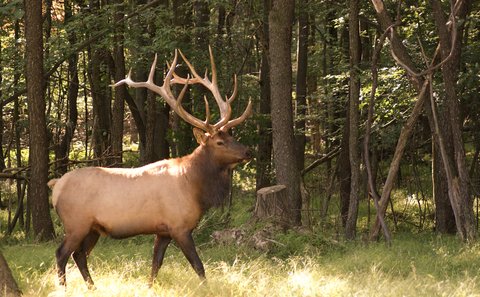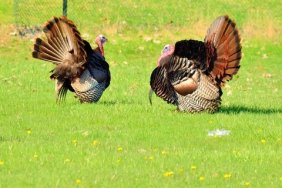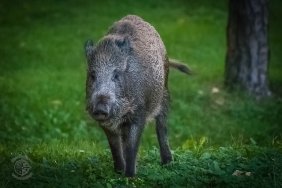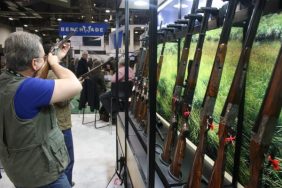It’s about that time of year again to start thinking about hunting tags. If you are a seasoned hunter, you know the feeling of having great odds of drawing sought after tags that go hand-in-hand with opportunities for trophy animals.
One way of improving your odds at drawing tags is to accumulate bonus or preference points, depending on your state. Some states don’t even have them. In the event it does, you should be acquainted with how these systems work.
Maybe you are just starting your investment into bonus points in your home state, or maybe you’re nearly maxed out on points in four different states – regardless, here are three things you should keep in mind while applying for this years tags:
Earning Bonus Points Hunting Arizona
Point vs. Preference System
The bonus and preference point systems basically do the same thing – they give you better odds of drawing the tag you put in for. But in fact they work in different ways. With preference points, the hunters with the most points will always draw first, giving the left over tags to those with less points. With bonus point systems, the hunter gets his name in the draw as many times as bonus points he or she has. If a hunter has four bonus points, then it’s like having four tickets in a raffle. Knowing and analyzing these systems could very well effect the way you apply. The way to accrue points vary by state, but most states reward points for each year the hunter submits for a tag and does not get drawn. There are other ways to earn permanent points for hunter safety courses or consecutive applications.
Draw Odds
Draw odds can effect the application decisions of hunters in different ways. A lot of it depends on the hunter. With the right combination of luck, risk and confidence, any hunter has the chance to draw an excellent tag, especially in a bonus point system state. There are tons of resources available to hunters seeking draw odds for specific tags. Many state fish and game agencies have these types of resources available, but some more comprehensive and easy to use databases can be found at HuntinFool.com. Draw odds are altered by a variety of factors, but they are predominately effected by hunter’s success rates, average animal size and accessibility. Also, not that draw odds will almost always be significantly lower for hunters that are nonresidents of the state being applied to.
Harvest Success Rates
Often times it is possible to find reports on harvest success for a particular area. Like draw odds, the best place to find this data is either through a fish and game website or through a separate publication. Success rates are collected through survey type reports that hunters are often required to fill out and send to fish and wildlife agencies. It is also very common for separate publications to offer the contact information of successful hunters who wish to provide it. That way, the next lucky guy to draw that tag can ask him about where to go and how to hunt it. When hunters use the data of both harvest rates and draw odds, they can make decisions on tags to put in for with fairly accurate knowledge of possible outcomes, giving them a leg up on those putting in for tags blindly, or with no real knowledge of how great other areas are.








